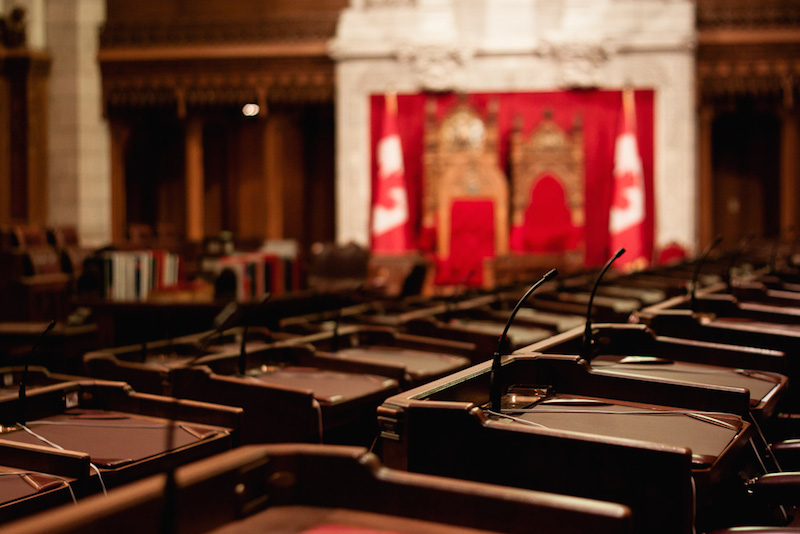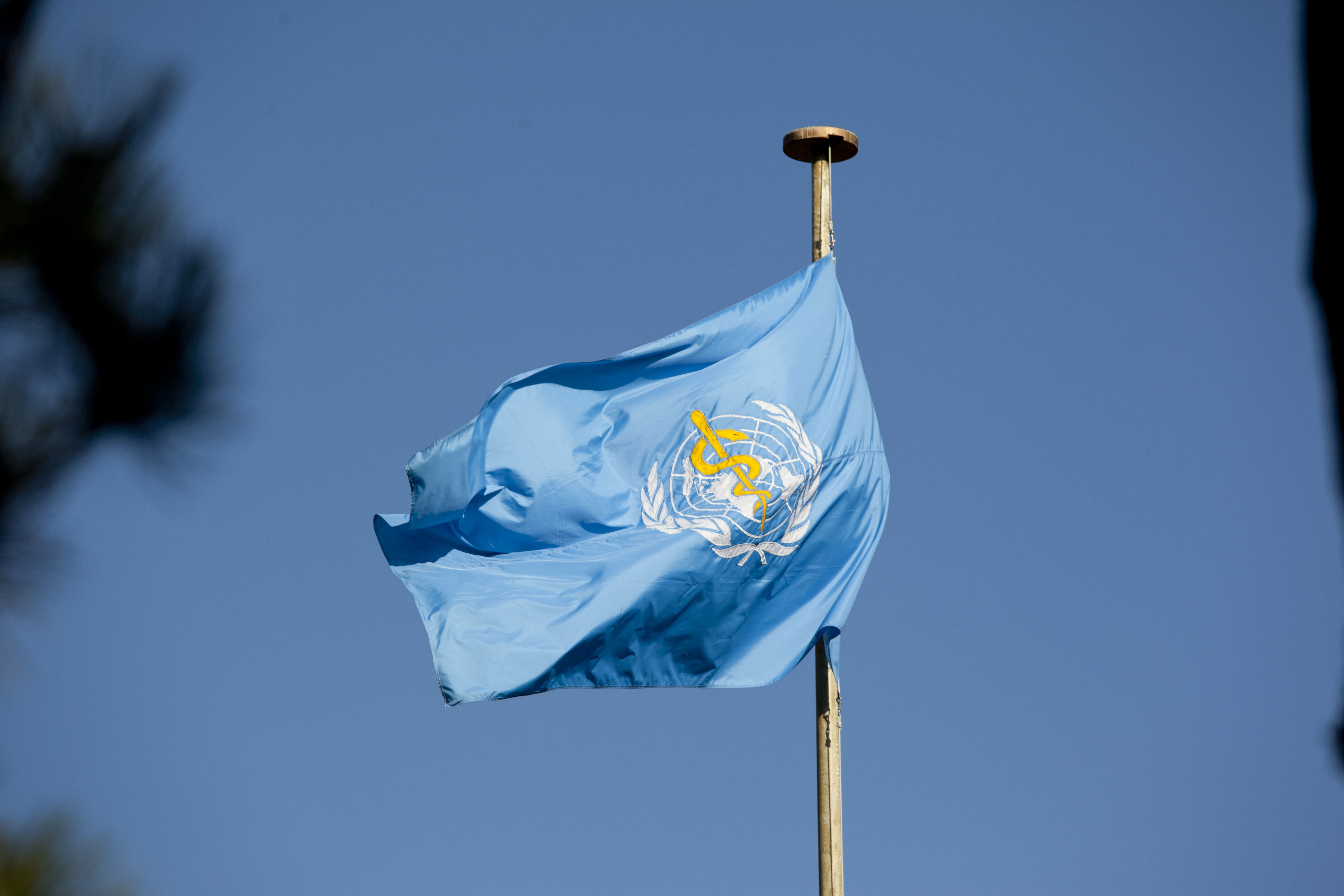“What I want in the world is justice. I want justice and peace,” said Charlie Lowthian-Rickert in a CBC interview last May. Charlie, a ten-year old girl from the Ottawa region, is only one of thousands of transgender tweens in Canada who are struggling for access to public facilities, notably restrooms, that correspond to their gender identity.
Charlie, along with many other Canadians, finds herself in the middle of a struggle that’s taking place on the national level: transgender rights.
Most recently, Trudeau’s Liberals have put forth efforts to defend Canadians from discrimination based on gender identity. On May 17, the International Day Against Homophobia and Transphobia, the Liberal government introduced Bill C-16 in the House of Commons to amend the Canadian Human Rights Act and Criminal Code to protect rights of “gender identity or expression.”
That being said, this is the seventh time a bill of this kind has been proposed.
Back in 2013, the Standing Senate Committee on Legal and Institutional Affairs introduced Bill C-279 to the senate. The bill was meant to achieve three objectives: remove definitions of gender identity from the Canadian Human Rights Act and the Criminal Code, amend the Canadian Human Rights Act to prohibit federal facilities from discriminating based on gender identity, and to add ‘sex’ to Bill C-13 (a bill against cyberbullying) as an identifiable group.
But in February that year, Conservative Senator Don Plett proposed an amendment to Bill C-279 that would bar individuals from entering facilities (e.g. restrooms, change-rooms, and crisis centres) designated for the opposite sex.
This amendment, also known as the “Bathroom Bill,” proved controversial in the Senate. The question at hand was whether transgender women should be allowed to use female-designated bathrooms and change-rooms. Senator Don Plett’s reasoning was typical: male sex offenders could exploit the bill to gain access to women’s shelters, shower rooms, and the like.
Yet many pointed out the discriminatory nature of the amendment. Hon. Grant Mitchell said, “…It is inherently discriminatory on the one hand to say, ‘we recognize your gender identity’ while, on the other hand, not allowing it to be expressed in one of the most personal of ways that one could imagine. That is in the use of washrooms or locker rooms…”
The amendment, which the Senate approved, equated “man” to “male” and “woman” to “female” while erasing a spectrum of gender identities.
Parliament adjourned for summer 2015 before the House could approve the altered bill. With the dissolution of Parliament for the election that fall, Bill C-279 was effectively killed.
Passing the Liberal’s most recent bill through the Senate may once again prove to be an uphill battle. As longtime LGBT activist NDP MP Randall Garrison said, “This is an important day, but I want to remind people this is the seventh time that this bill has been introduced in the House of Commons.”
Provincial politicians have been similarly unsuccessful in securing rights for transgender Canadians, such as dignified access to public facilities.
Early this year, for instance, Alberta Education Minister David Eggen published ‘Guidelines for Best Practices: Creating Learning Environments that Respect Diverse Sexual Orientation.’ One of its chapters highlighted the need for students to have access to washrooms and change-rooms that matched their gender identity. It also called upon schools to “provide a non-gendered, single-stall washroom for use by any student who desires increased privacy regardless of the reason (medical, religious, cultural, gender identity, gender expression, etc.).”
What was striking about this initiative for more safe and inclusive school spaces was its overwhelmingly negative reception by many Albertans. Conservative media commentator Ezra Levant protested against the initiative with his ‘Protect Our Girls’ campaign, taking the stance that “peeping toms” would be the main beneficiaries of this policy. Levant is not alone in his remarks on the proposed bathroom guidelines; just last week, thousands of Calgarians took to the streets in protest of bill 10 for the “dangerous precedents it sets.”
But challenges to transgender rights and equality are not exclusive to Alberta. A 2015 report by the Trans PULSE Project found 57% of transgender Ontarians avoided public washrooms due to fears about safety. A further 56% of transgender Ontarians reported having seriously considered suicide. At the University of Toronto, two alleged cases of voyeurism led to the reduction of one college’s gender-neutral washroom initiative.
That the struggle to achieve rights and equality for transgender Canadians continues in 2016 speaks to the broader culture in this country: one that assumes all individuals fit neatly into the categories of “man” and “women.” Those who identify with a different gender from what they were assigned at birth (or, in fact, who do not identify with any gender whatsoever) continue to lack recognition as dignified and equal citizens.
Consider, for instance, that there are no Canadian television shows with transgender protagonists. There are no transgender politicians in the House of Commons or Senate. Transgender players are absent on Canada’s esteemed hockey, basketball, and lacrosse teams.
It will take time for transgender individuals to claim their place as full members of Canadian society. Should it escape the fate of previous attempts to secure transgender rights, Bill C-16 could, nonetheless, be a sign of progress.
Photo: Canadian Senate (2012) by Sharon Drummond via Flickr. Licensed under CC BY-NC-SA 2.0.
Disclaimer: Any views or opinions expressed in articles are solely those of the authors and do not necessarily represent the views of the NATO Association of Canada.




